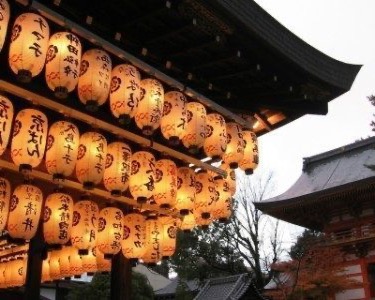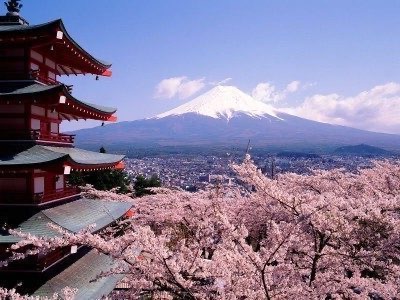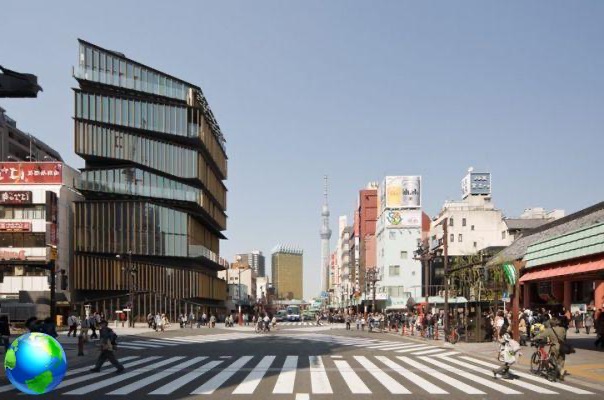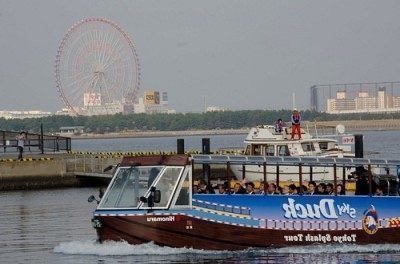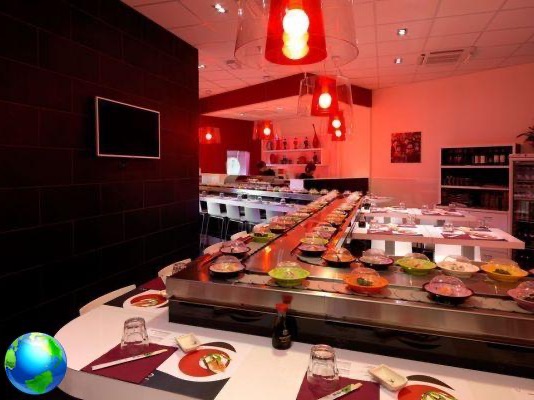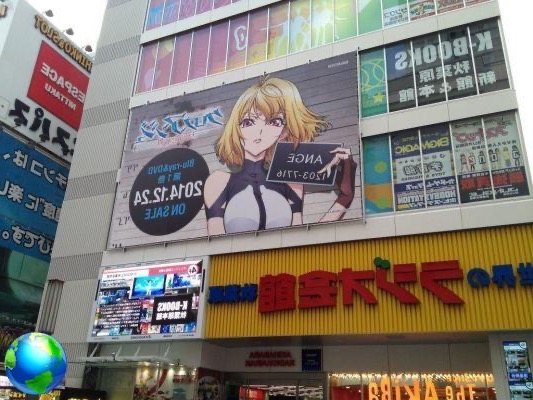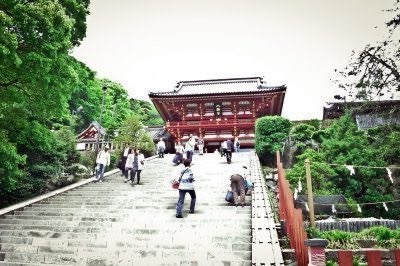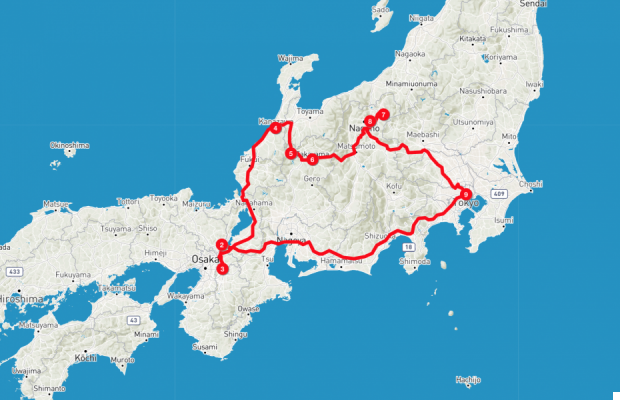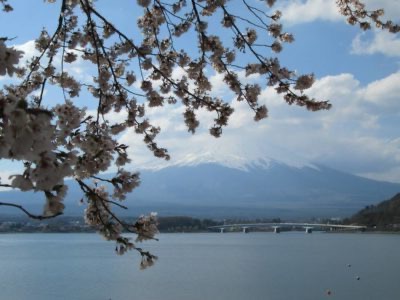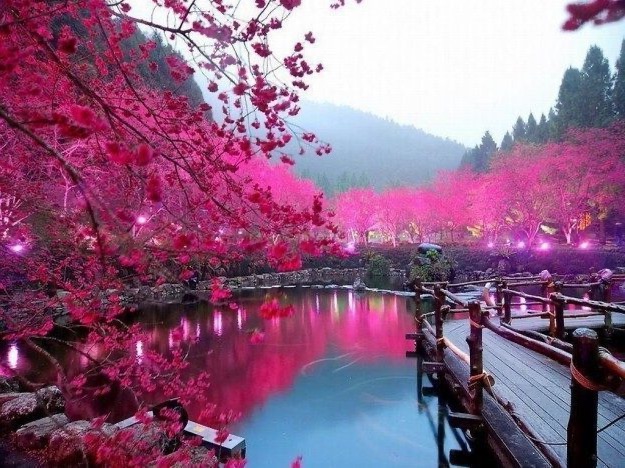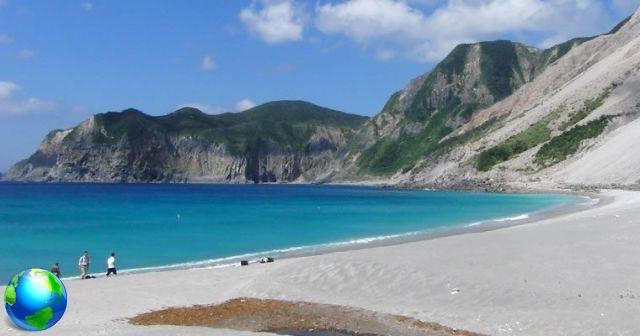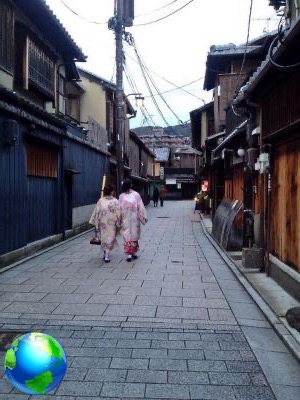Easily reachable from Kyoto: Nara is the ancient capital of Japan - to visit on foot to immerse yourself in a unique and timeless atmosphere.
Nara, from the ancient capital of Japan to a place where even deer bow.
Immerse yourself in the most traditional Japanese culture a few kilometers from Kyoto and discover a city with an enchanted and timeless atmosphere.
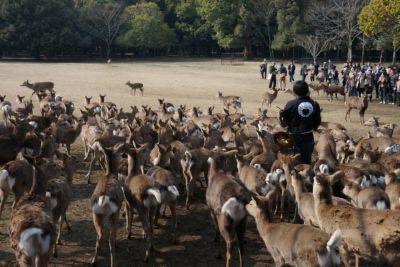
How to reach Nara
We have been to Nara twice already and this place never ceases to amaze us.
Easily accessible from Kyoto with a half hour by local train, a little less easily from Tokyo (the trip from the capital takes 4 hours between shinkansen and local fast train) but still feasible. The ancient Japanese capital remains a small jewel in the heart of the Kansai region.
From the station to the Nara park
Once you arrive at Nara station (where we recommend taking a map of the city free of charge at the tourist information point), just cross the street to find yourself in a pleasant street, dotted with craft shops and old houses, which leads directly to the temples and al Nara-kōen (Nara park).
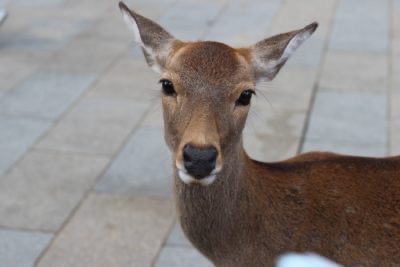
1. The deer of Nara
The main feature of this park, as well as the city's mascot, are the countless deer that will accompany you throughout the day.
Discovery of our last trip: if you have a deer biscuit (you can buy it at every street corner) and you are slow to give it to the greedy animals, these good Japanese will bow to ask you; be careful though, if you delay too long they will start chasing you and pulling you by your clothes.
2. The Kōfuku-ji temple
The first temple you will encounter - and which certainly deserves to be visited - is the Kōfuku-ji Buddhist temple, characterized by its five-story pagoda and the numerous buildings that compose it.

Do not be surprised if part of the temple will be under renovation: often in large Japanese temple complexes a part of it is undergoing restoration or reconstruction.
In the case of Shinto temples, this reconstruction is part of a real religious ritual that is repeated every twenty years.
The temples, however, will always be restored identical to the original following traditional construction techniques, however, sometimes involving very long construction sites.
3. Tōdai-ji: the most important temple in Nara
After a pleasant walk inside the Nara park, you arrive at the most important Buddhist temple in the city, the Tōdai-ji.
In a nation that pays extreme attention to rituals, one must always pay close attention to detail in order not to miss magnificent surprises, this temple is no exception.

At the entrance to the complex, as tradition dictates, there is a gigantic portal in whose side niches two guardians with muscular bodies and threatening faces watch over.
These two wooden statues, 8 meters high, have the function of frightening and driving away evil spirits, thus protecting the temple.
4. The Daibutsuden
Continuing towards the central structure, you pass next to a pond and reach a vast portico beyond which you can begin to see the main temple, the Daibutsuden.
The structure of the temple immediately leaves you breathless for its size (it is one of the largest wooden structures in the world), but leaves you even more speechless after crossing the doors and seeing the contents: an immense bronze statue of the Buddha 16 meters high.

The statue sits on a gigantic lotus flower on whose original petals the world of enlightenment described in the sutras was represented with meticulous engravings: next to the Buddha, a reproduction of it can be seen up close.
But this temple hasn't finished surprising us yet.
Turning behind the large statue you notice a long line of people, mostly children, patiently waiting their turn to pass through a tiny hole at the base of a supporting column of the structure (exactly the size of one of the Buddha's nostrils). In fact, it is said that whoever manages to pass inside the hole will receive enlightenment for the future life.
Enjoy the atmosphere of the Nara park
Nara is dotted with countless other more or less large temples and beautiful gardens. Rather than pointing you to one or the other place, we advise you to get lost in its park, following the arrows on street corners indicating the nearest places of interest and their distance.
Up and down stairs and paths you will discover corners less frequented by mass tourism but of a unique beauty and authenticity.

A tip: comfortable shoes and a desire to explore.





